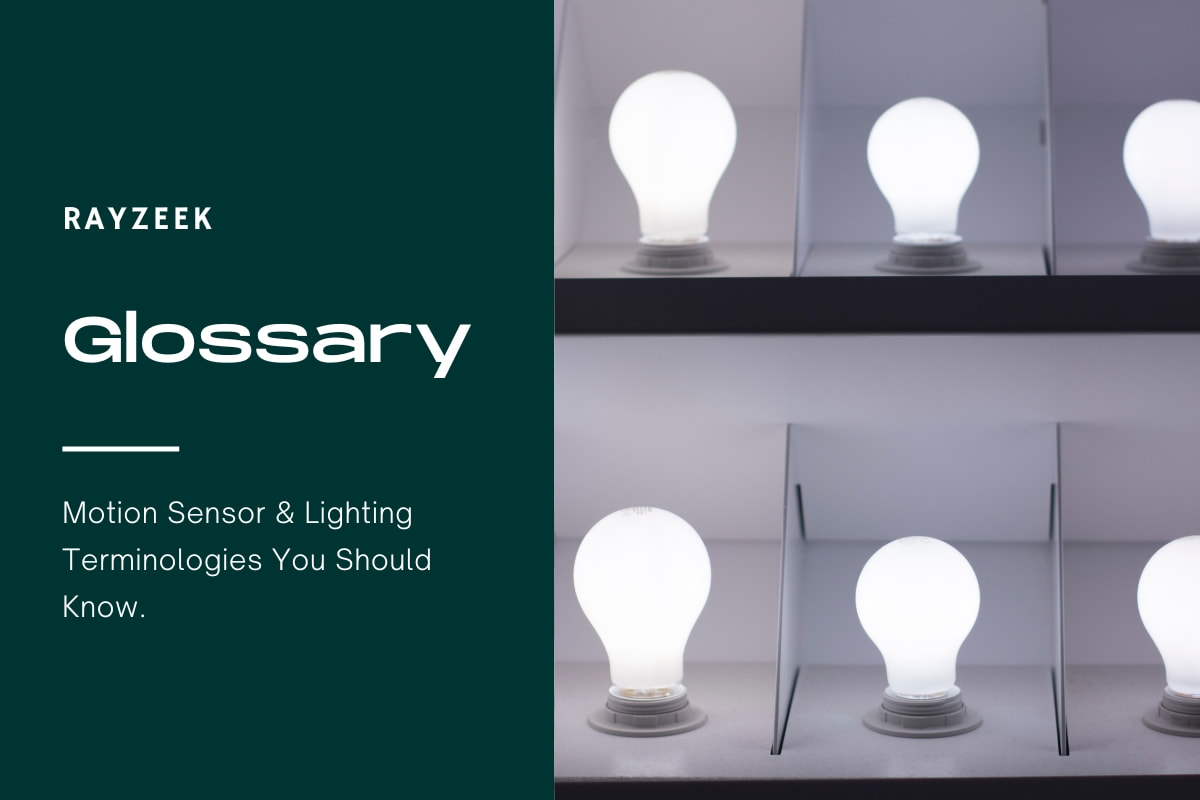What is Illuminance
Illuminance measures the intensity or amount of light that falls onto a surface area. It is a measure of the light that is incident on a given surface, such as a wall or a desk. Illuminance is dependent on the surface area over which the light is falling, rather than the capacity of the light source itself. The illuminance value is influenced by the distance between the light source and the surface area. When the surface area is closer to the light source, the illuminance value will be higher. Conversely, as the surface area is moved further away from the light source, the illuminance value decreases. This relationship allows illuminance to provide an approximate indication of the intensity of a light source when comparing the illuminance of two lights over the same surface area from the same distance. Illuminance does not directly measure the capacity of a light source to produce light. Instead, it quantifies the amount of light that reaches a specific surface. By comparing the illuminance values of different light sources over the same surface area, one can gain insights into the overall intensity of each light source.
Looking For Motion-Activated Energy-Saving Solutions?
Contact us for complete PIR motion sensors, motion-activated energy-saving products, motion sensor switches, and Occupancy/Vacancy commercial solutions.









